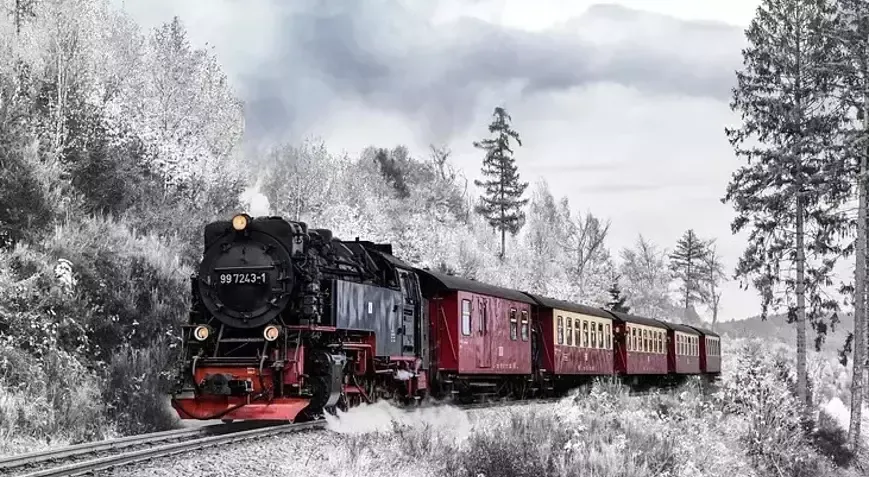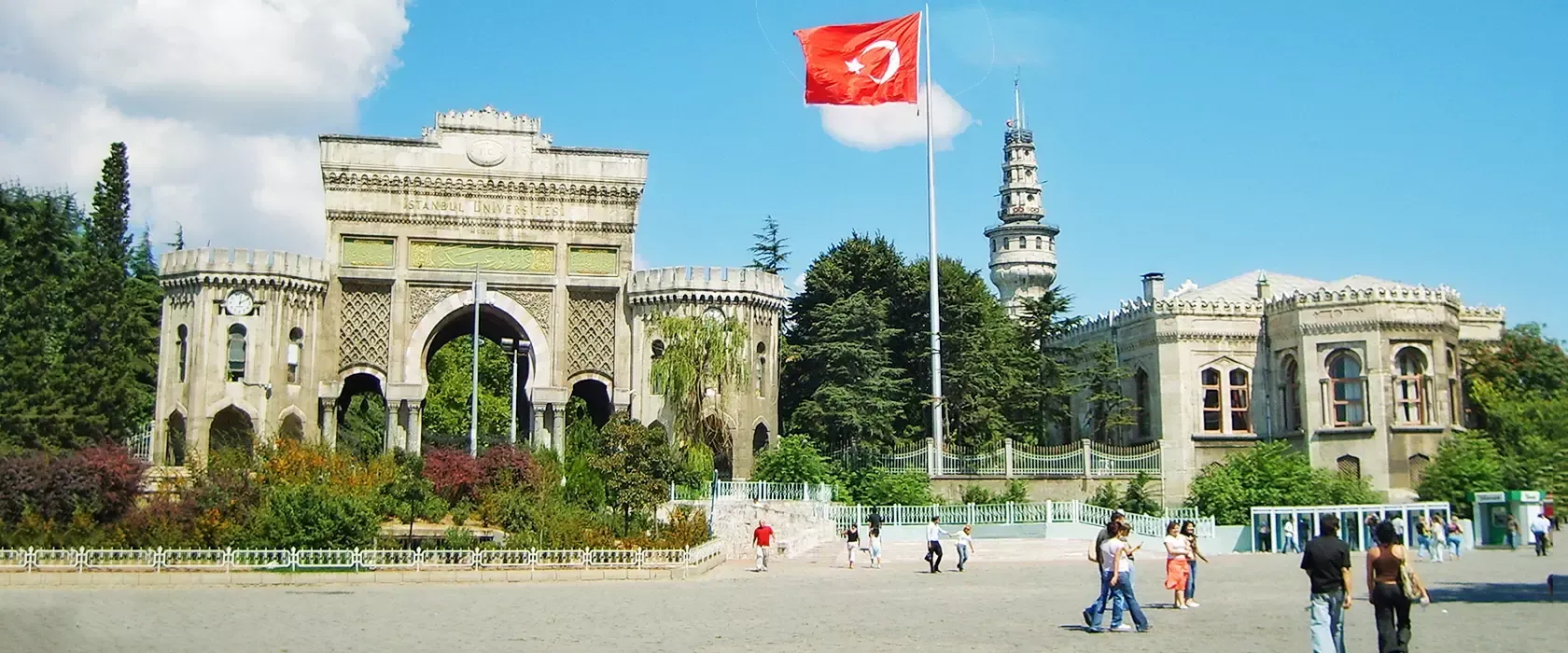When Does Winter Begin?
When Does Winter Begin?

There are different opinions regarding whether December 21st, the date of the solstice, marks the beginning of winter, the middle of winter, or if winter truly begins on December 1st, as calculated by many meteorologists. One of the reasons for confusion about the start of winter is delays in temperature and weather measurement models. Meteorologists use a different method to determine the first day of winter. In some countries, the start of seasons is determined based on average temperatures rather than fixed dates or astronomical events. Therefore, in these countries, the lowest temperatures during the day are often felt sometime after the solstice.
According to the astronomical definition, winter begins with the winter solstice. According to this definition, winter begins on December 21st in the Northern Hemisphere and on the June solstice south of the equator. However, it is commonly agreed that in the Northern Hemisphere, the first day of winter occurs in December, while in the Southern Hemisphere, it happens in June. Despite the lengthening of daylight hours during the winter months, the cooling effect of seasonal delay means that temperatures continue to drop in most regions.
How Is the Winter Solstice Celebrated?
The winter solstice, considered a significant turning point for various cultures throughout history, is celebrated with festivals both locally and internationally. The ancient Romans celebrated this day as the return of the agricultural god Saturn, attributing special importance to this date in their festivals. Their festival, known as Saturnalia, lasted for seven days and began on December 17th (7).
It is said to have a connection with pagan festivals that celebrate the winter solstice, such as Christmas and Hanukkah (7). According to the old Julian calendar, the winter solstice occurred on December 25th. Although it shifted to the 21st with the adoption of the Gregorian calendar, Christians continue to celebrate the birth of Jesus on December 25th.
Many people from various parts of the world visit the ancient Stonehenge site to observe the sunrise and sunset as a way to celebrate the summer and winter solstices. One reason for the popularity and tourism at Stonehenge is that these stones are arranged to allow the sun's rays to be observed as they follow its path. Many gather here in the late hours of the solstice to witness the sunrise (7).
In Iran, the winter solstice is celebrated as Yalda Night, where family members and friends gather to eat and read poetry until the early hours of the morning. In India, Makar Sankranti marks the end of the month as the shortest day is celebrated. The winter solstice is also celebrated in Japanese and Chinese cultures (7).
Sources:
MORE:




